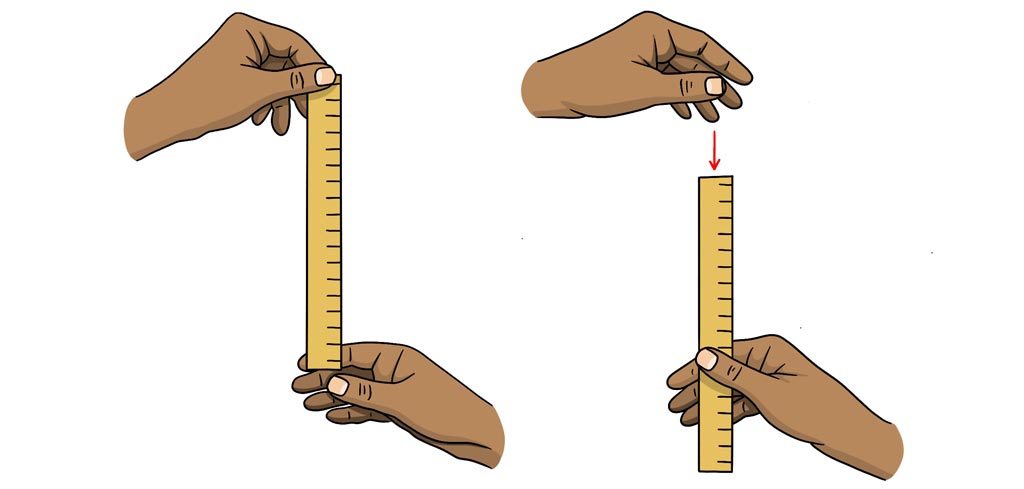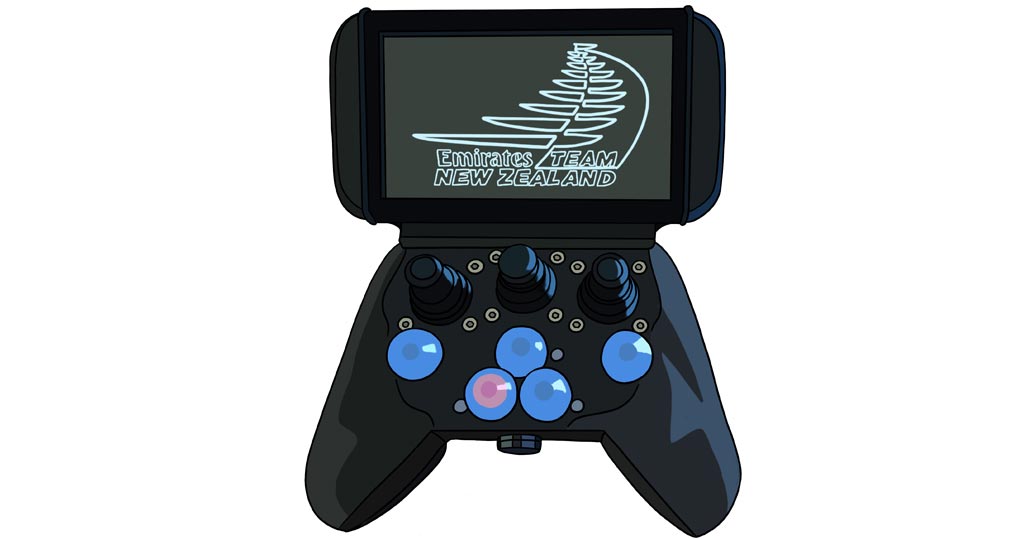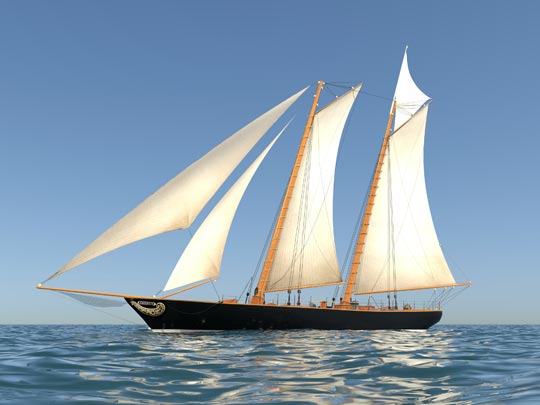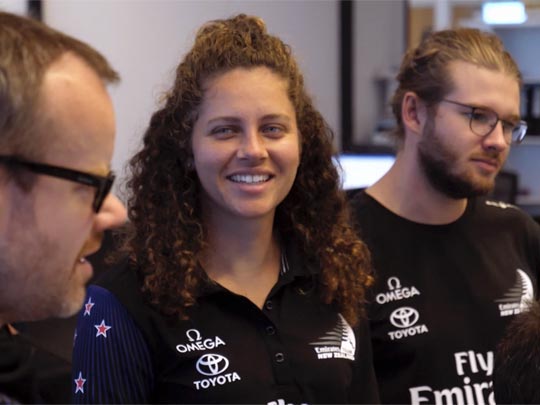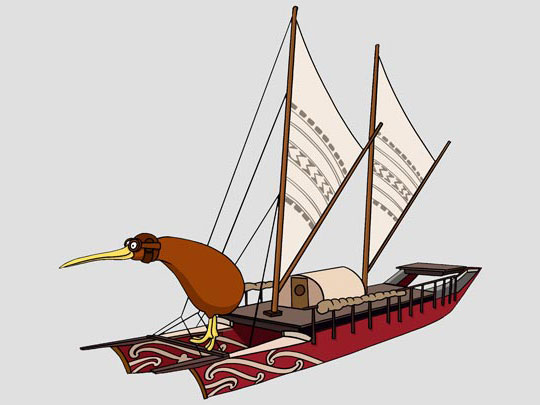The Brain Power of Youth
Lifted out of the water on their foils, today's America's Cup yachts are travelling four times faster than they did just 14 years ago. Sailors need super-fast decision making and lightning quick reflexes, which is why it pays to be young. Recently scientists discovered that the brain's response time begins a slow and steady decline from when you turn 24. Physical changes in the nerve fibres slow the speed of conduction, and the parts of the brain involved in motor control lose cells over time. So how fast are you?
To find out, get a friend to hold a ruler near the end and let it hang down. Hold your hand beside the bottom of the ruler and get ready to grab. At some time in the next 5 seconds - your friend will release the ruler and you catch it as fast as you can. Record the number of centimetres at which you fingers caught the ruler. Repeat the test 5 times, varying the time of dropping the ruler within the 5 second "drop-zone" so you can't guess when the ruler will drop.
